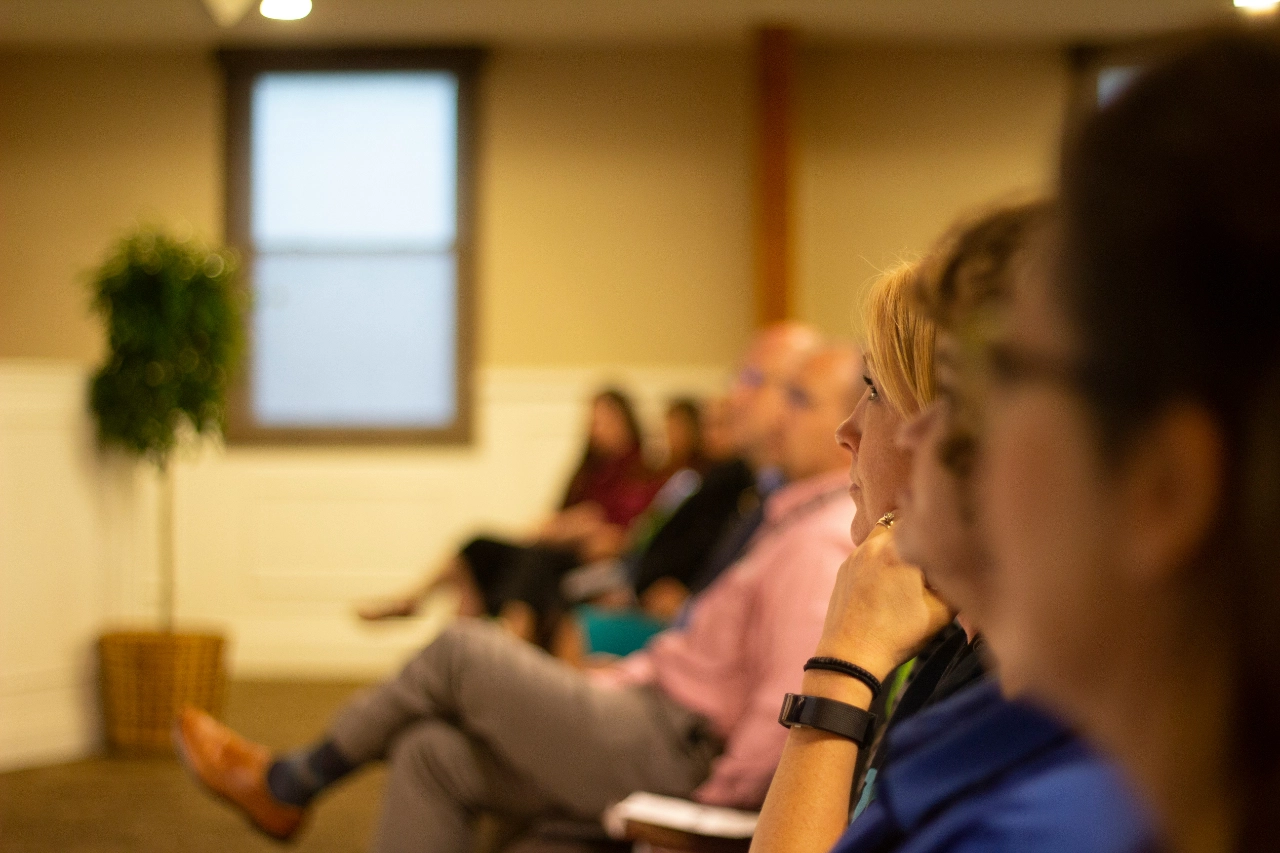
How engaged was your audience during each session of your event? With RVC Digital’s AI-based engagement analytics, conference organizers can now answer that question with confidence and data — not just assumptions.
From high-profile keynotes to breakout discussions, knowing what resonates with attendees is critical. Traditional feedback forms and gut feeling offer little accuracy. But with RVC Digital’s AI-powered systems using camera-based gaze detection, audience engagement becomes measurable and actionable.
RVC Digital’s system uses a high-definition, zoomable camera and a dedicated local processor to continuously capture video frames during sessions. State-of-the-art AI models detect faces, track gaze direction, and assess visual focus — without storing personal data.
This allows the system to distinguish between:
All analysis runs locally and anonymously. After the event, the data is summarized in structured, visual reports that highlight engagement levels session by session.
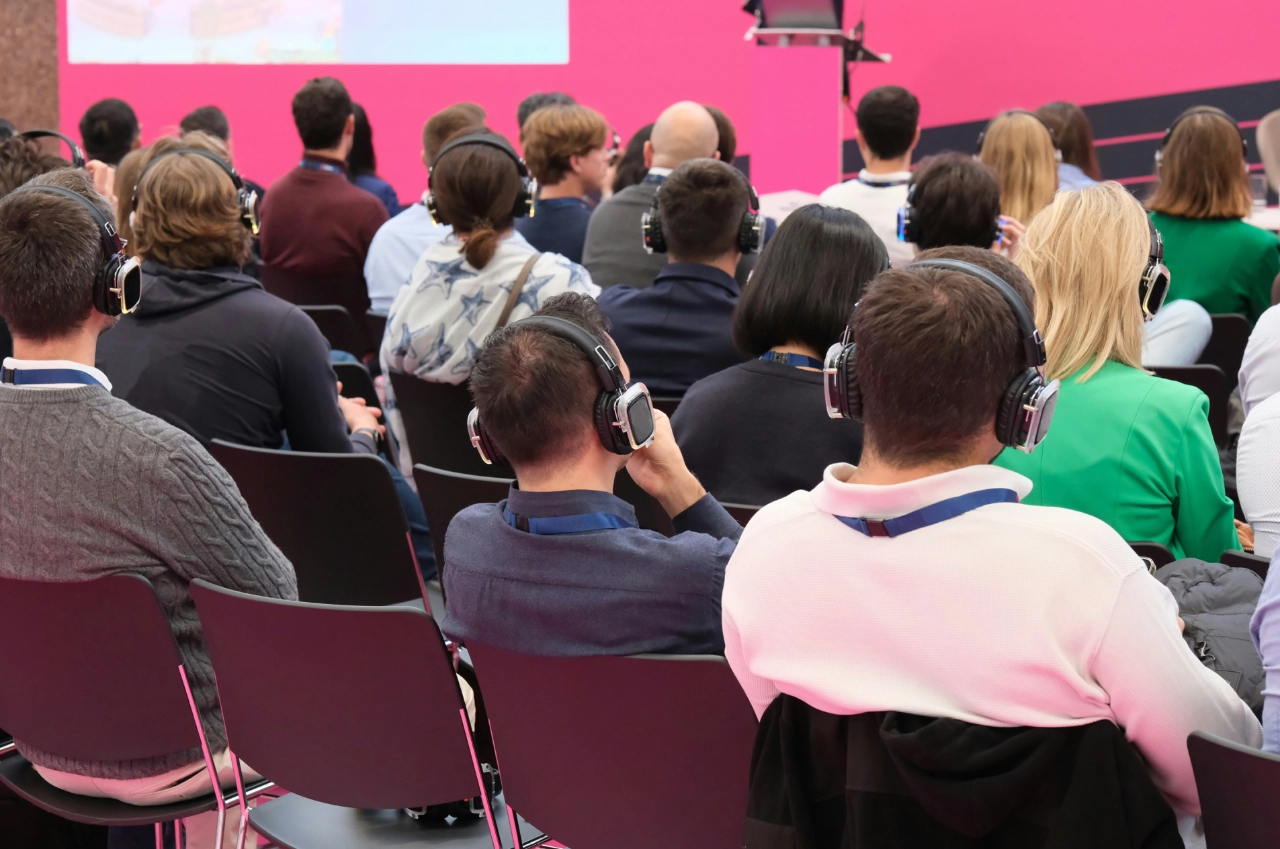
The chart below presents a sample dataset showing the relationship between total audience presence (purple bars) and active engagement levels (pink line) during a simulated two-hour conference session.
While the audience count remains relatively consistent, the engagement line reveals meaningful fluctuations — such as dips around 17:10, followed by a steady recovery.
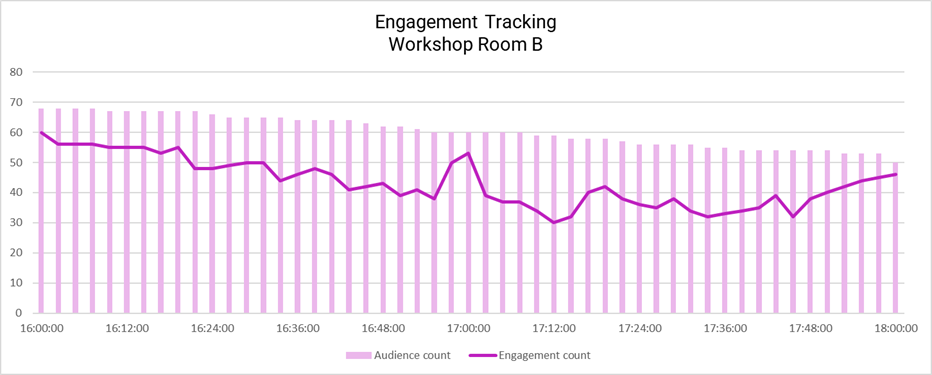
These trends highlight how AI-based engagement analytics can uncover attention patterns that might otherwise go unnoticed, helping organizers evaluate session structure, speaker effectiveness, or content pacing.
Unlike video-based systems, the RVC Digital solution operates on a frame-by-frame basis, capturing individual images of the audience at predefined intervals. This approach significantly reduces data volume while maintaining sufficient temporal resolution for detecting engagement patterns, such as attention shifts or distraction.
RVC Digital’s AI engine runs entirely on-premise, processing each frame in real time using state-of-the-art gaze estimation models. System performance scales proportionally with the number of visible faces — meaning larger audience areas may require more processing power to maintain responsiveness and consistency.
This edge-based architecture offers key advantages:
Whether used in a single-room setup or a distributed multi-camera configuration, the system delivers fast, private, and actionable insights — without dependency on third-party infrastructure.
The system requires a high-quality video feed to accurately perform face and gaze detection. This can be provided by a commercially available, 4K-resolution, digital camera with interchangeable lenses, connected via USB. For example, the Sony ZV-E10 is a suitable and widely used option, offering excellent image quality, interchangeable lens support.
Such cameras are widely available on the market and do not require custom orders or proprietary configurations — making them a cost-effective, low-risk option in terms of availability and deployment. Thanks to their optical flexibility, they allow for optimal framing of the seating area, even in larger or more complex room layouts.
To ensure consistent and accurate data capture, the camera should be positioned facing the audience, ideally mounted above the main screen or projection surface, near the speaker’s location. This placement enables a clear view of audience faces without obstruction, maximizing the effectiveness of the gaze and engagement detection algorithms.
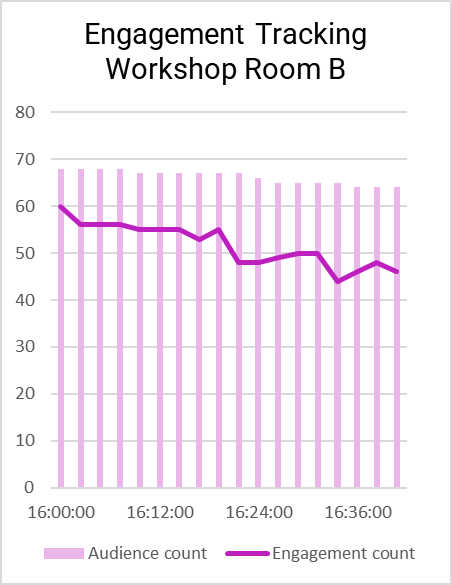
In larger auditoriums where a single camera cannot fully cover the entire seating area, multiple cameras can be installed at strategic angles. Each unit captures a designated segment of the audience, with the individual data streams being synchronized and integrated into a single unified engagement analysis. This scalable setup allows full-room coverage and consistent insight quality, regardless of venue size or complexity.
RVC Digital’s engagement analytics platform equips conference management professionals with tangible, data-driven insights that go far beyond traditional attendee feedback.
By analyzing audience focus and attention during each session, event managers can explore questions such as:
Instead of relying on anecdotal impressions or post-event surveys alone, conference management teamscan now evaluate session effectiveness based on observed audience behavior — turning engagement into a measurable, comparable performance metric.
With RVC Digital, engagement becomes a strategic KPI for continuous improvement in content planning, speaker selection, and agenda design.
At the Integrated Systems Europe (ISE) 2025 exhibition in Barcelona, RVC Digital partnered with AVIXA to showcase its audience engagement analytics in a real-world conference environment. During live sessions, the system measured audience focus levels throughout various presentations — demonstrating how AI-driven gaze tracking can provide measurable insights without interrupting the event experience.
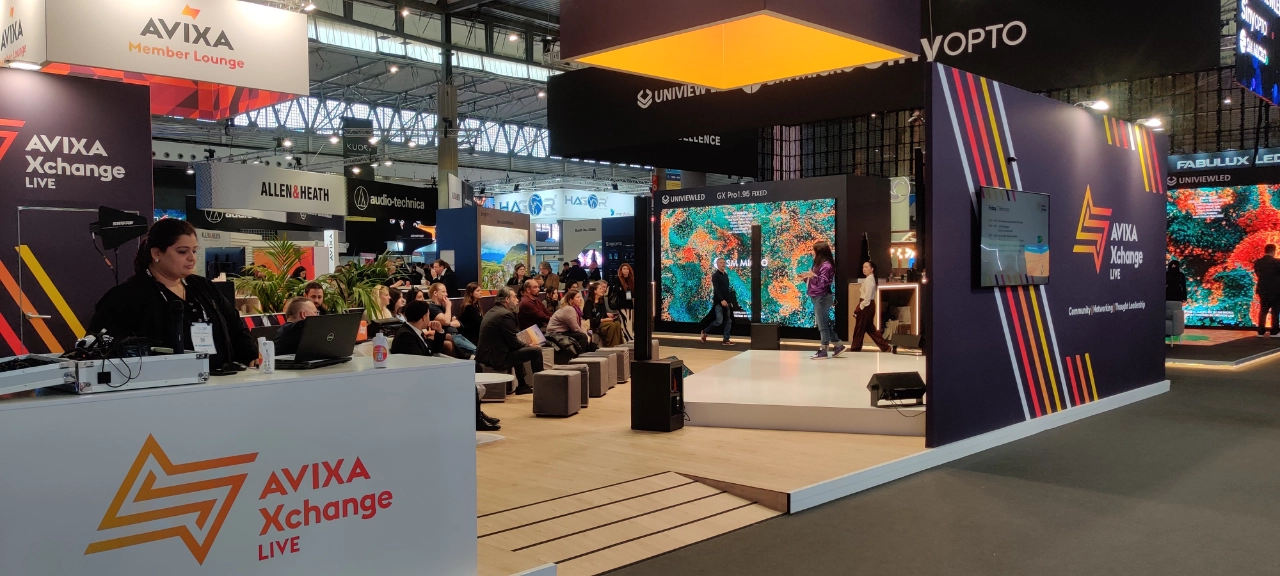
In this use case, the technology helped illustrate:
This deployment served as a proof of concept for using non-invasive, GDPR-compliant gaze analytics to improve content strategy and speaker evaluation in professional conference settings.

25. Angyalföldi str., 1134 Budapest, Hungary.
Company registration number: 01-09-363158
Tax number: 10953363-2-41